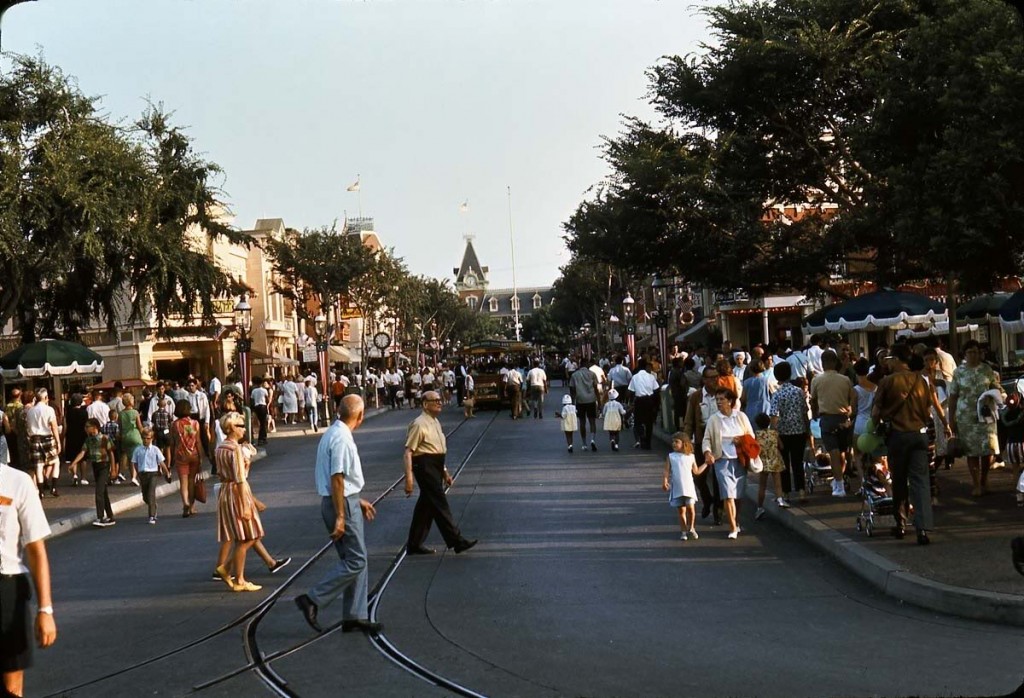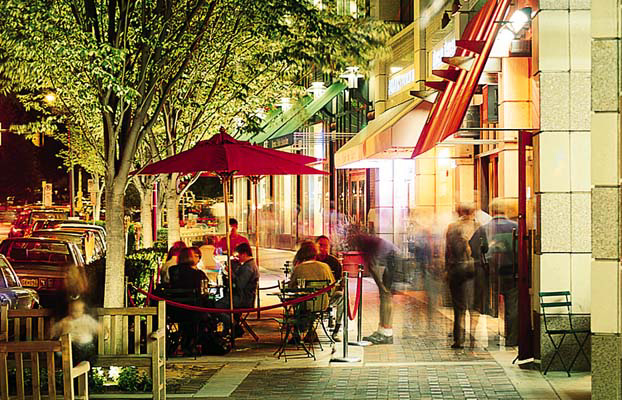We grew up as planners learning that shopping malls sapped downtown of its energy–whether it was small town retailers wiped out by the mall just over the county line or urban retail boulevards gutted of life as suburbanites left the city to follow jobs and the shopping followed them.
Over time, downtowns began to reimage themselves as malls. Beginning in 1980, The National Trust for Historic Preservation’s Main Street program was based on that very premise, organizing disparate retailers to work together on signage, opening hours, seasonal sales, and marketing.
Federal Realty took it one step further, simply buying up retail streets in places like Westport, Connecticut and Bethesda, Maryland to create a single, curated retail environment from brick pavers to street trees.
As main streets became newly invigorated environments drawing people to hang out, stroll, and by-the-way, spend money, shopping malls emptied out. Now, malls are again tracking downtown, as this New York Times article notes, by becoming more experiential places.
Though the article focuses on online competition for mall retail, one executive is quoted, “It’s not just about shopping — it’s multidimensional; it’s a place you can just hang out and go for a stroll,” he said. “You’re not doing that in a mall.”
Sounds like main street to me!


gk
Its an interesting trend and highlights the need for the mall developer to want to create a varied, multi-faceted experience and continue to exert the kind of control of quality and co-tenancy that distinguish a mall (indoor/outdoor/street oriented) from retail stemming from fragmented ownership patterns.
An interesting issue: The mall operator realizes the importance of dining and other activities to a thriving retail experience. In fragmented ownership, flagship credit retail tenants (national brands) are more desirable to the individual landowner due to high rents. Restaurants are not. On a fragmented shopping promenade like Miami Beach’s Lincoln Road individual owners are gravitating to the noteworthy retail tenants because it is better for them, while the trend away from dining may not be in the best interests of the Lincoln Road generally. Over time this may hurt the individual landowner, but in the short term it is too attractive to pass up.
In this regard the consolidated ownership pattern of a Federal Realty may create an ersatz experience, but it may also create a more durable one.
claudia
Chain creep! Just like Soho in NYC went from gritty to groovy to Gap. It’s a kind of retail gentrification–adding more value, but removing interest.